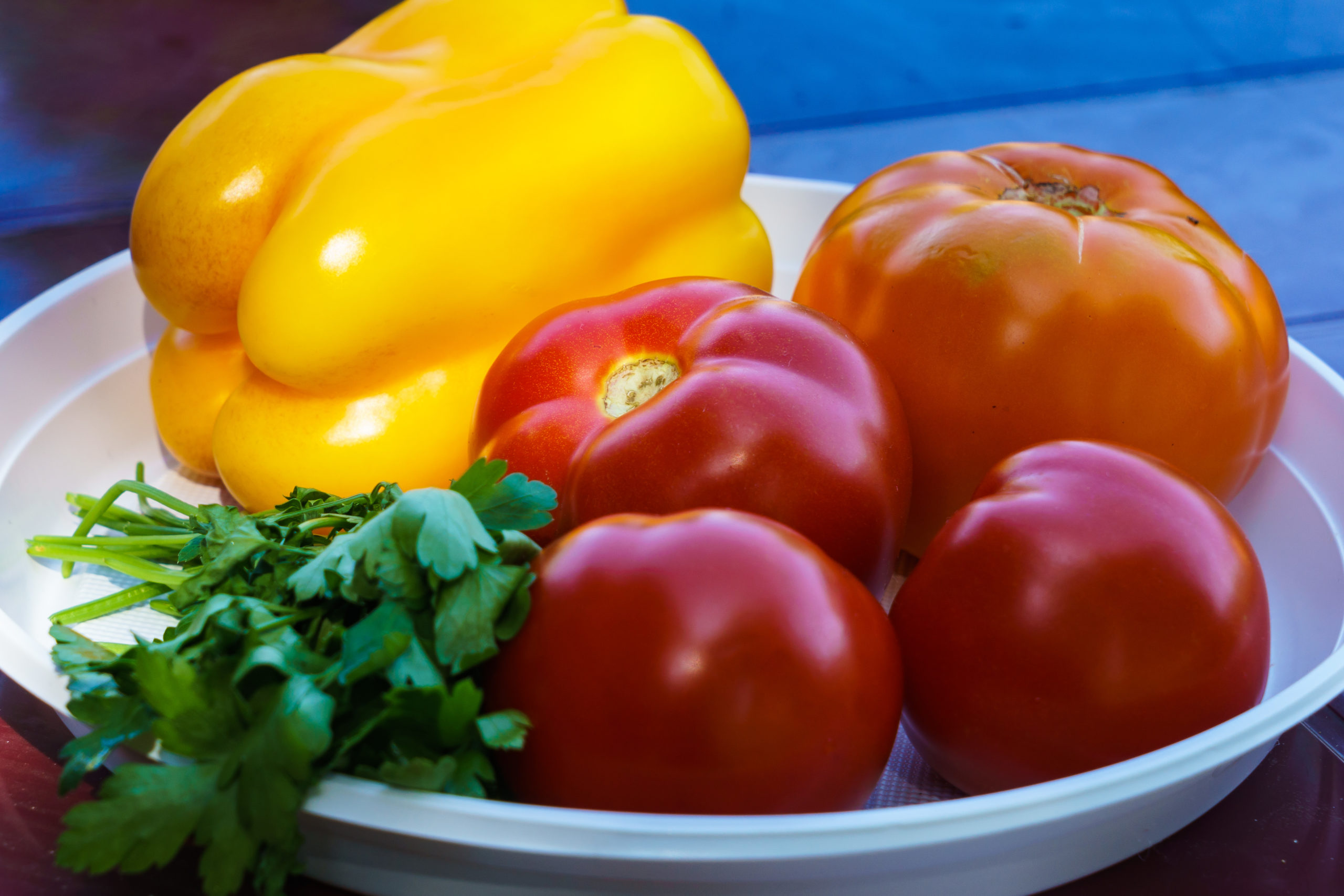Growing Peppers Indoors – Guidelines & Tips
Growing peppers indoors can be a rewarding and delicious experience. With the right environmental conditions and knowledge of pepper varieties, you can have an abundance of peppers in the comfort of your own home. Here are our guidelines and tips for successfully growing peppers indoors.
Choose the Right Container & Soil
When choosing a pot for your pepper plants, pick one with good drainage. Clay or terracotta pots are ideal, but you can also use other large containers. Make sure the pot is at least six inches deep and has holes in the bottom to ensure good drainage.
As for soil, pick a quality, organic potting mix with compost. Peppers need fertile, well-draining soil that contains lots of organic material for good growth. If you want to add additional nutrition, mix in a slow-releasing fertilizer and some bone meal.
Choose a Suitable Location
Peppers need a lot of sunlight for successful growth. For this reason, keeping your pepper plants near a sunny window is a must. If possible, try to keep the plants in a spot that gets 6-8 hours of direct sunlight. Also, avoid placing the plants near heat sources like radiators or air ducts, as the intense heat can damage the plants.
Maintaining the Right Temperature & Moisture
When it comes to temperature, peppers thrive in warm and consistent conditions. Keep the temperature between 65-85°F (18-30°C). If it gets too cold, you can use a heat lamp or grow light to keep the temperature steady.
Moisture is also important. Make sure the soil is evenly moist, but not soggy. You should water the plants every few days, but it’s important to check the soil before watering to avoid overwatering.
Fertilize & Pinch Back The Plants
You need to fertilize your pepper plants at least once a month. You can use a natural, organic fertilizer, following the manufacturer’s instructions for dosage.
Pinching back the peppers can also help the plants produce more fruit. Keep in mind that peppers need to set fruit before they reach their mature size; pruning back some of the leaves and stems may assist with this process.
Conclusion
Growing peppers indoors may require some extra effort, but the results are worth it. With the right conditions, environment, and knowledge, you can have a healthy crop of peppers in no time. Follow the guidelines and tips we outlined for a successful pepper-growing experience.



